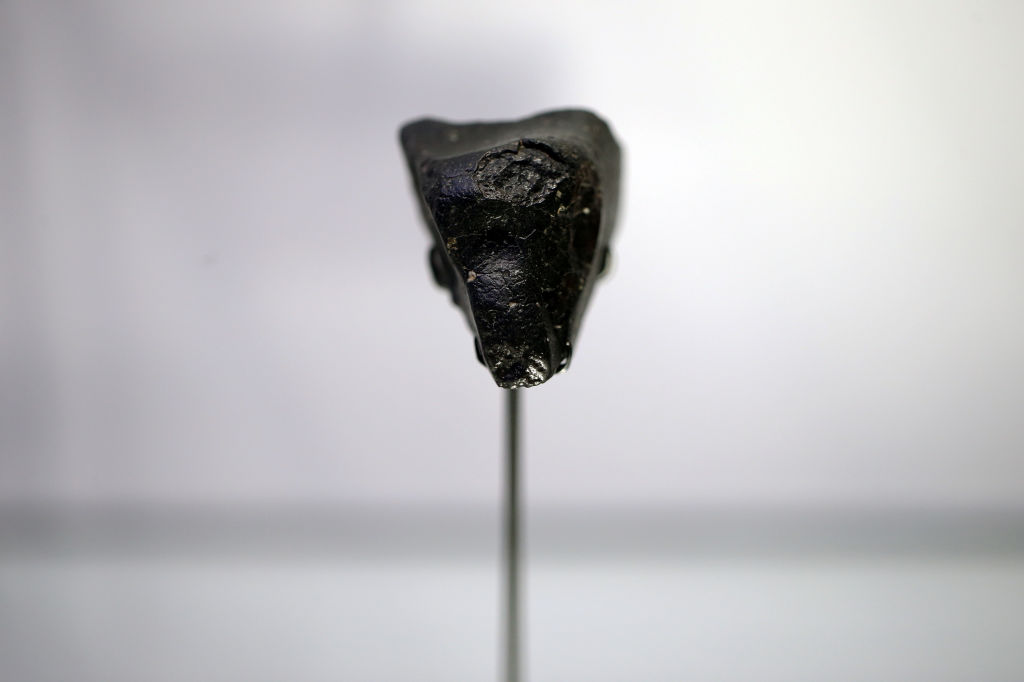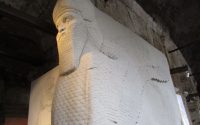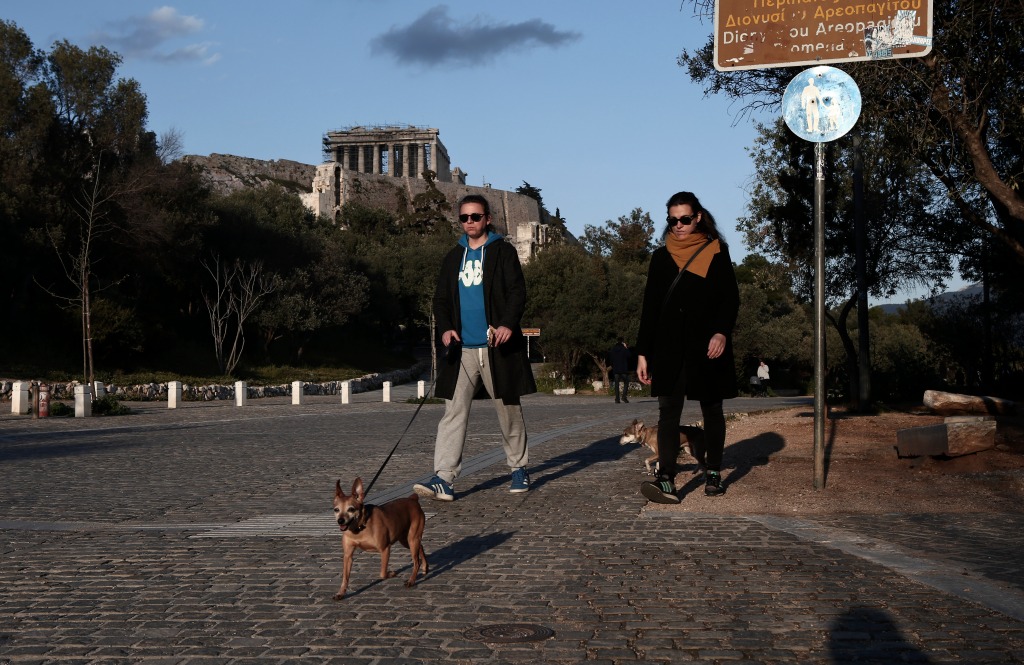As Frieze London Opens, an Uncertain World Awaits Outside
Editor’s Note: This story originally appeared in On Balance, the ARTnews newsletter about the art market and beyond. Sign up here to receive it every Wednesday.
Last fall, Frieze London opened to lengthy lines for VIP collectors, prompting complaints from exhibitors. While Frieze solved the problem in time for its 20th anniversary edition—entry at this year’s opening VIP preview at 11 a.m. was smooth and swift—the market appears to be on shaky ground. Last week’s sale of works from Shanghai’s Long Museum was just the latest auction this year to disappoint, as the major houses all reported double-digit percentage drops in revenue in the first half of 2023. Meanwhile, just days before the fair opened, Hamas launched an assault on southern Israel, leading the country to initiate a bombing campaign of the Gaza Strip.
At the fair Wednesday, the conflict might as well have not been happening. The aisles were packed and the mood was as buoyant as ever. There were hints around the edges—dealers said some events had been canceled, some collectors nixed travel plans, and others said they were not ready to follow through on purchases they’d been considering before the fair opened. One dealer said he witnessed an argument between two collectors in his booth about the conflict, albeit a relatively friendly one. Another collector was seen navigating the fair in a baseball cap emblazoned with the Israeli flag. But dealers reported that sales were not impacted, and were rolling along. Major collectors were on hand: Jill and Peter Kraus, the Rubells, Glenn Fuhrman, Amy and John Phelan, Uli Sigg, the list goes on. (For what it’s worth, collector-investors seemed to be out in force, with one declaring, “My art is in Delaware”—ie in a Freeport—“but I have visitation rights.”) And there was the usual dose of celebrity glamor: Andrew Garfield, Rami Malek.
What has changed, according to Philip Hoffman of the Fine Art Fund, is a lack of urgency around purchases. “Everyone is here,” Hoffman told me this afternoon. “But there is no rush to buy. It’s a modest approach. Collectors are not racing to buy.” Given the macro-economic environment of still-hiked global interest rates, Hoffman continued, the mood at Frieze was still “vibrant.” His clients are buying, he said, just being more selective. Hoffman projected another six to twelve months before interest rates lower and the market gets a boost.
It’s commonly assumed that a wobbly market means dealers will rely more heavily on paintings—they’re desirable to collectors, not to mention easier and cheaper to ship and install than sculpture or installations. But paintings are always popular at art fairs, and I haven’t necessarily seen more of them than usual in London. In at least three cases where paintings are the main event at Frieze booths, they are presented in innovative ways that lean towards installation. At Timothy Taylor, 22 framed drawings and painted work on paper by market darling Eddie Martinez ($12,000–$40,000) are presented against a backdrop of over two thousand smaller, unframed drawings from the artist’s studio, to which they will return after the fair. On the outside wall of the booth is a new painting with an asking price of $275,000 that the gallery has sold to a Texas museum. Meanwhile, at Pilar Corrias, paintings by Sophie von Hellermann that were inspired by Margate’s history as a Victorian-era amusement park (on sale for £10,000–£60,000) are placed against walls that von Hellermann painted with an abstract pattern of brushstrokes. The carpet laid on the booth’s floor is printed with an image of one of von Hellermann’s paintings. The effect is of a Gesamtkunstwerk—an immersive experience of a painter’s world. Over at Thaddaeus Ropac, the outer walls of the booth were papered over with canvas painted by Mandy El-Sayegh, and then hung with her paintings, recreating the effect of her show at the gallery last month.
If the current conflict is having any effect on the art world, it is on the human level, according to Pace CEO Marc Glimcher. “It’s devastating and destabilizing on so many levels,” Glimcher told me over WhatsApp.
“It’s too soon to fully assess the business impact, short or long term. It’s the human impact that we are all focused on presently. We all know or know of someone who has been affected by this violence — artists, collectors, curators and beyond. We do know some people that didn’t come that had planned to, but so far sales are what we expected them to be. Obviously, if the conflict widens it will impact the global economy.”
Correction: A previous version of this story said that Timothy Taylor was selling 12 works on paper by Eddie Martinez for $40,000–$120,000. The gallery is selling 22 works for $12,000-$40,000.



